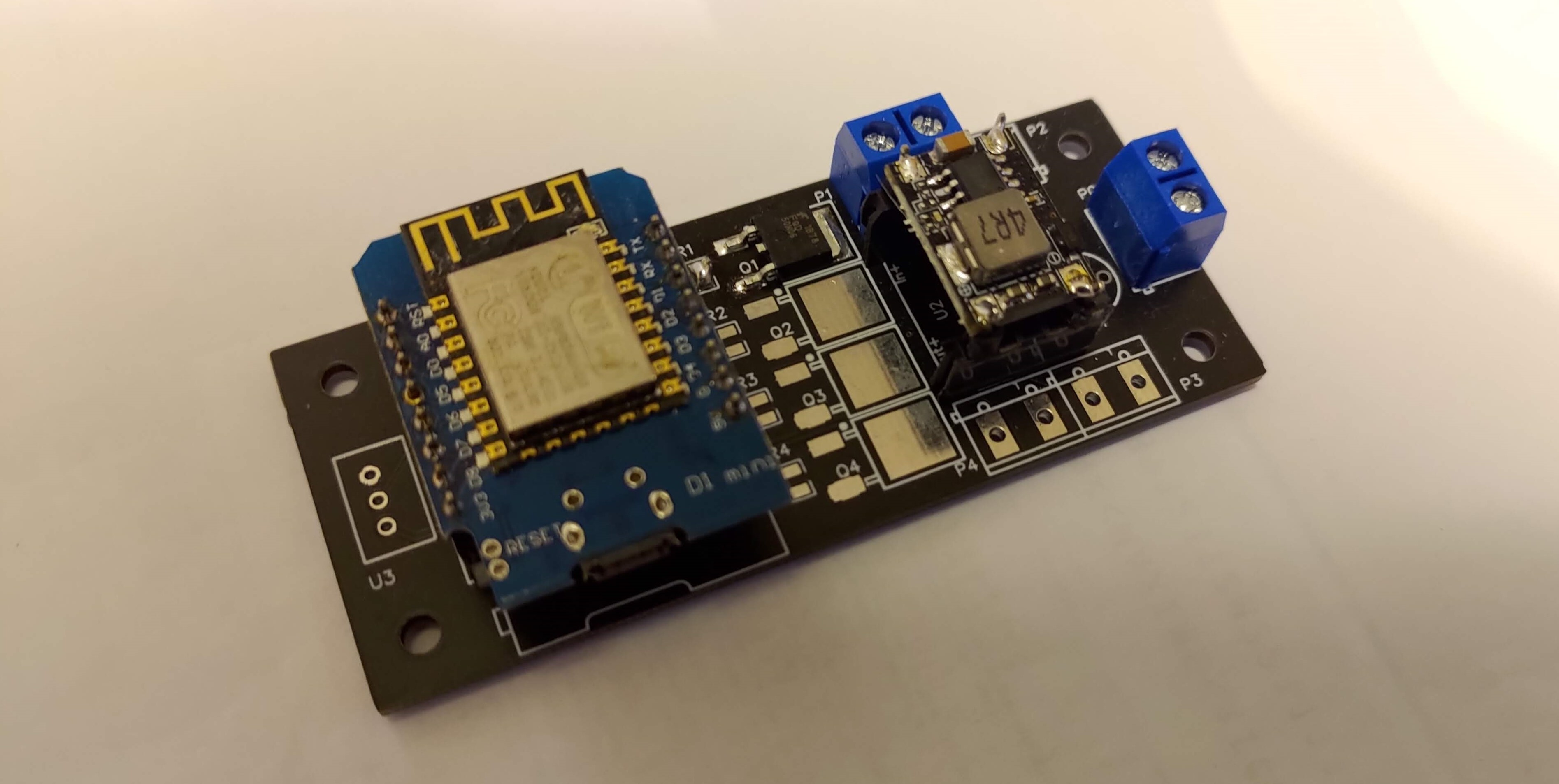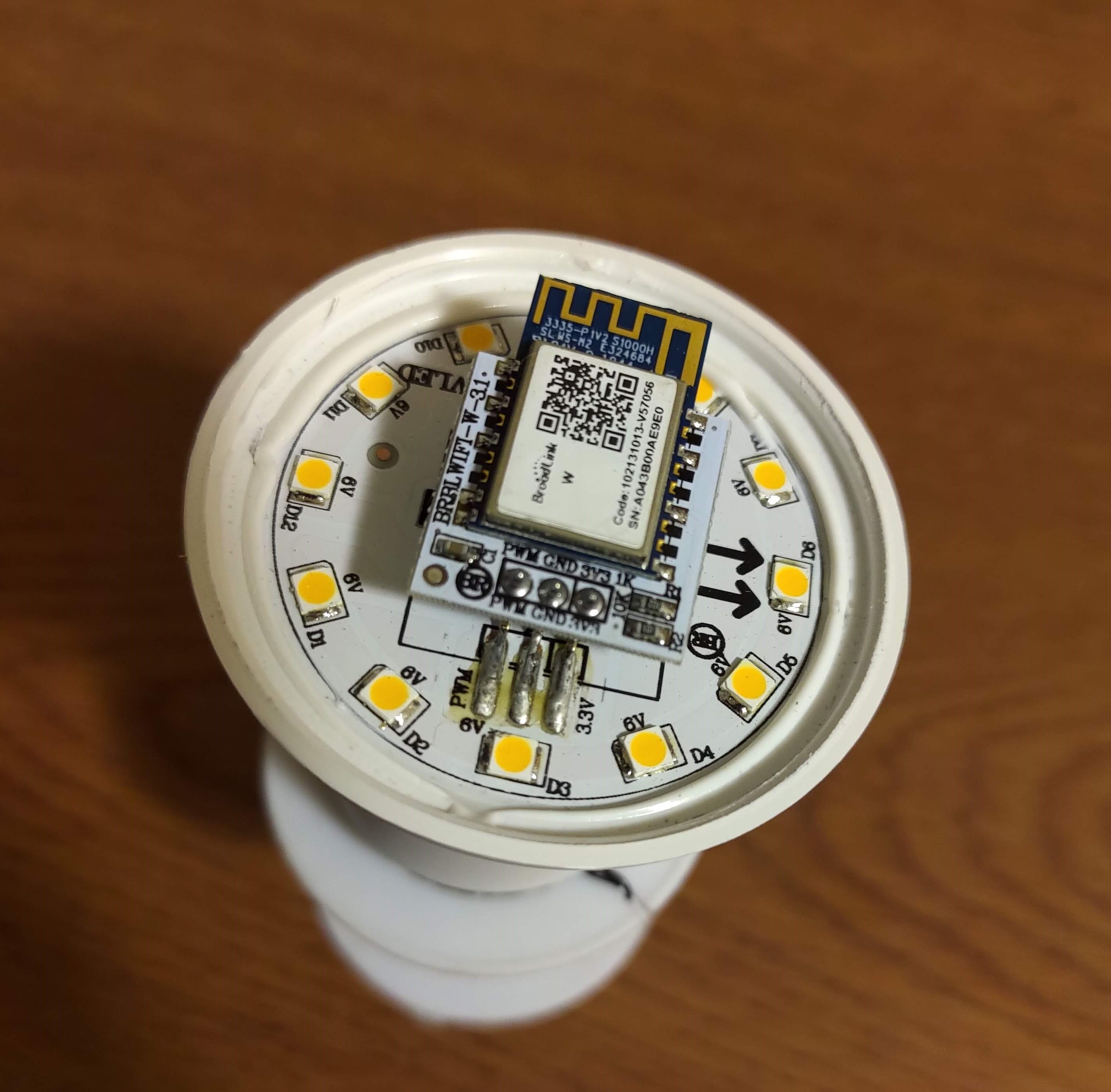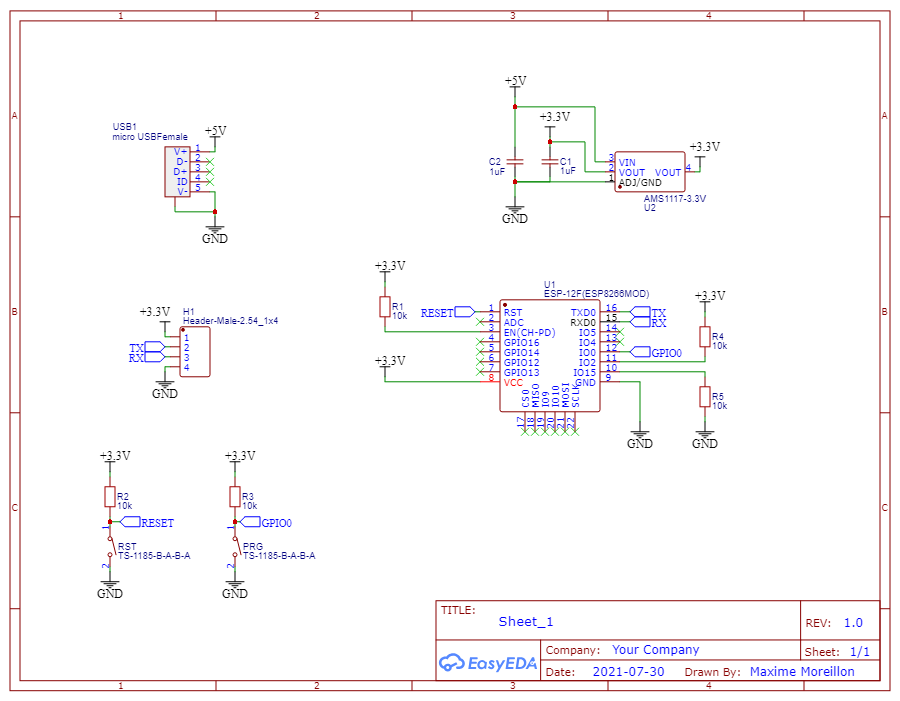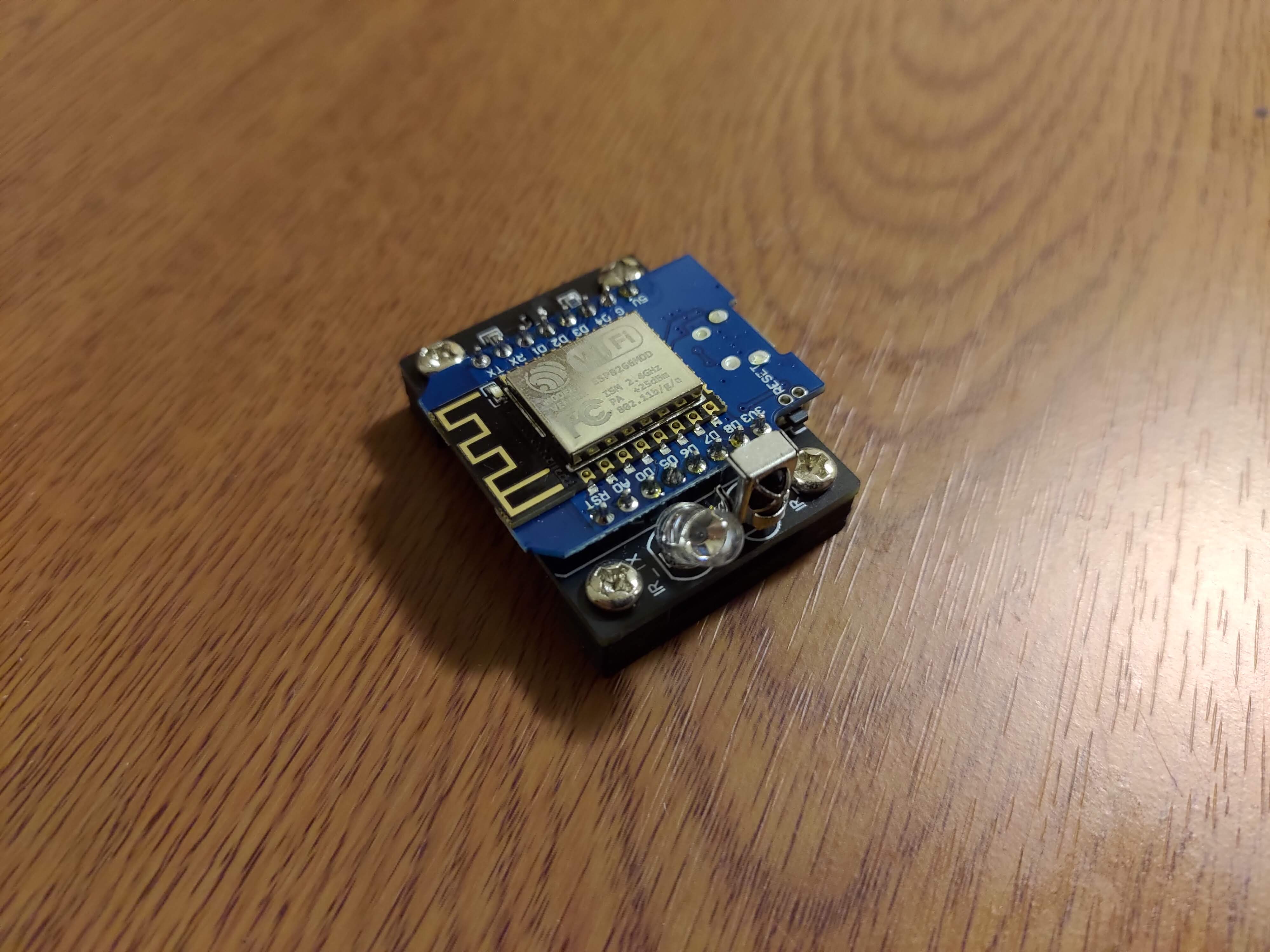Articles
IoT sensor module

Although a wide variety of sensing devices can be envisioned for home automation systems, motion and temperature sensors are among the most widespread. This is mostly due to their low cost and simplicity of use. In order to equip multiple rooms of my apartment with such sensors, I designed a simple IoT sensing module that can easily be produced in any quantity.
IoT LED controller

Smart lights are usually some of the first appliances to be added to a smart home. Although those can nowadays be purchased easily from various brands, I wanted to have my own hardware so as to integrate it better with other devices and software. Thus, I decided to an IoT LED controller that I can use in various projects where lighting has to be controlled via network protocols.
WiFi light bulb controller

Wifi controlled smart light bulbs can now be purchased from less than USD 10. However, those can often only be used by a specific application provided by the vendor and can involve exchanging data with a third party server. I wanted a solution to use my own software while benefiting from the cheap hardware so I replaced the wifi module of a a cheap Wifi light bulb my own electronics.
ESP-12F basic circuit and PCB

Modules like the Wemos D1 mini are a relatively cheap and easy way to integrate an ESP8266 in a project. However, one would sometimes require to have more freedom over the electronics, especially when it comes to PCB layout. For this purpose, the ESP8266 can be used in a form factor closer to its raw form, the ESP12-F module.
IoT infrared controller

Although probably in the decline, infrared is a common way to remotely control household appliances such as air conditioners or TVs. Being able to turn on an AC unit without leaving the sofa is definitely comfortable, but sometimes it would be even better to be able to do it before even getting home. In order to control those various appliances, I designed a simple WiFi controlled IR emitter.
IoT RFID reader

RFID is a conveninent technology for access control and authentication. In this project, I connected an RC522 RFID reader to an ESP32 in order to use it for IoT applications. Additionally, to provide feedback to the user, the ESP32 is also connected to an SSD1306 OLED display and a buzzer. I chose an ESP32 over an ESP8266 simply because of the amount of GPIOs required.
0 - 10 / 6